 Photos and words by Abdulraouf Murad
Photos and words by Abdulraouf MuradIn the late 1950s, after the discovery of oil in Kuwait, the government embarked on a replanning and modernization of Kuwait City and the creation of new residential suburbs. To this end, it valued hundreds of citizens' properties, which were mostly simple mud houses, in return for attractive sums of money and an alternative plot of land in one of the new model areas that the state developed. As for those who did not own a house, the state was responsible for building a house for them in the new areas.
This is how the development of modern houses in the new areas of Kuwait got started and a new type of house architecture emerged completely different from what had been present in the old city. Kuwait witnessed something akin to an urban revolution against everything old or traditional, not only in construction materials but also design. The immigration of architects and engineers to Kuwait from other Arab countries contributed to this, they brought ideas from their own cultures along with trends in modern designs.
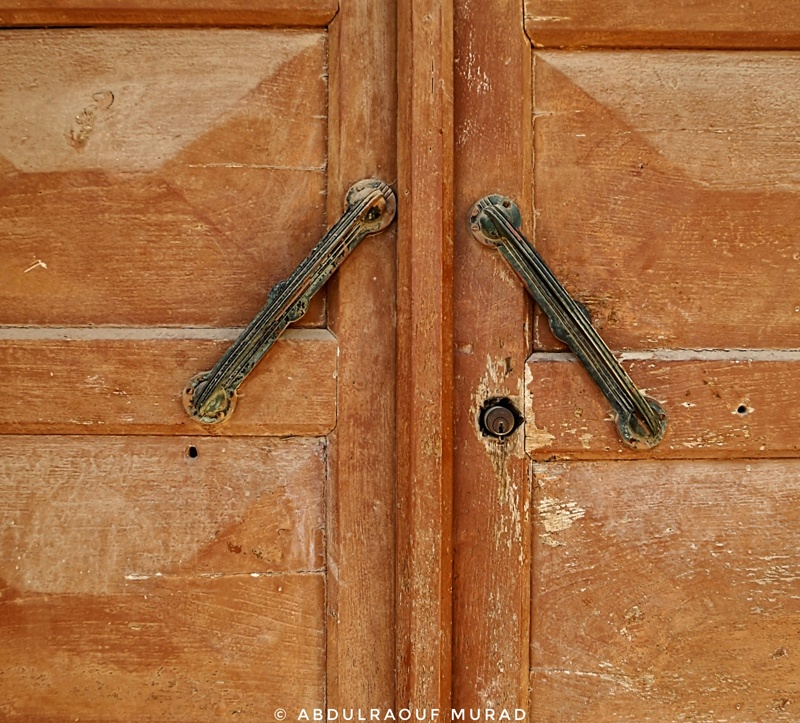
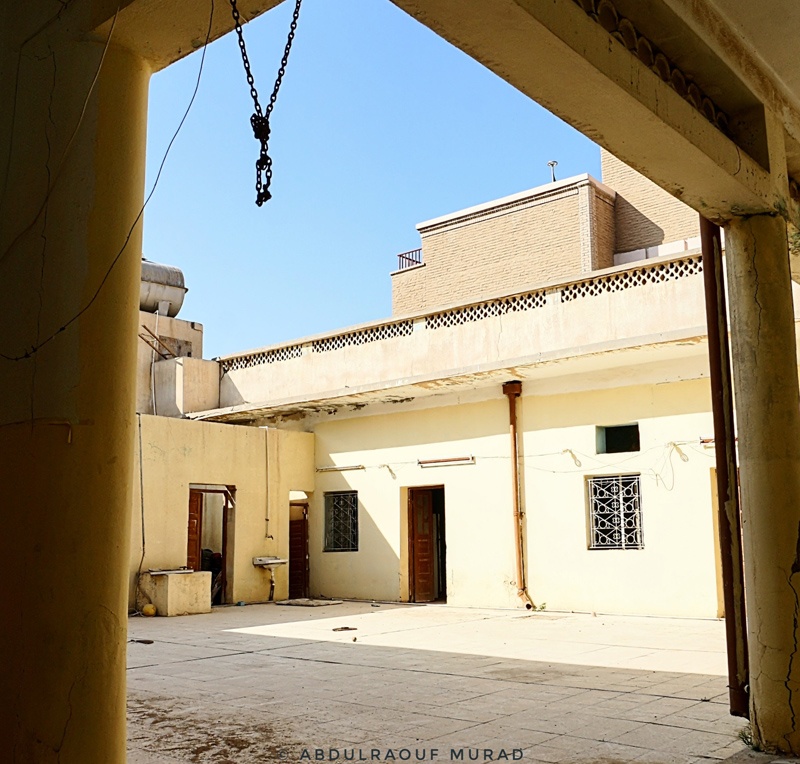
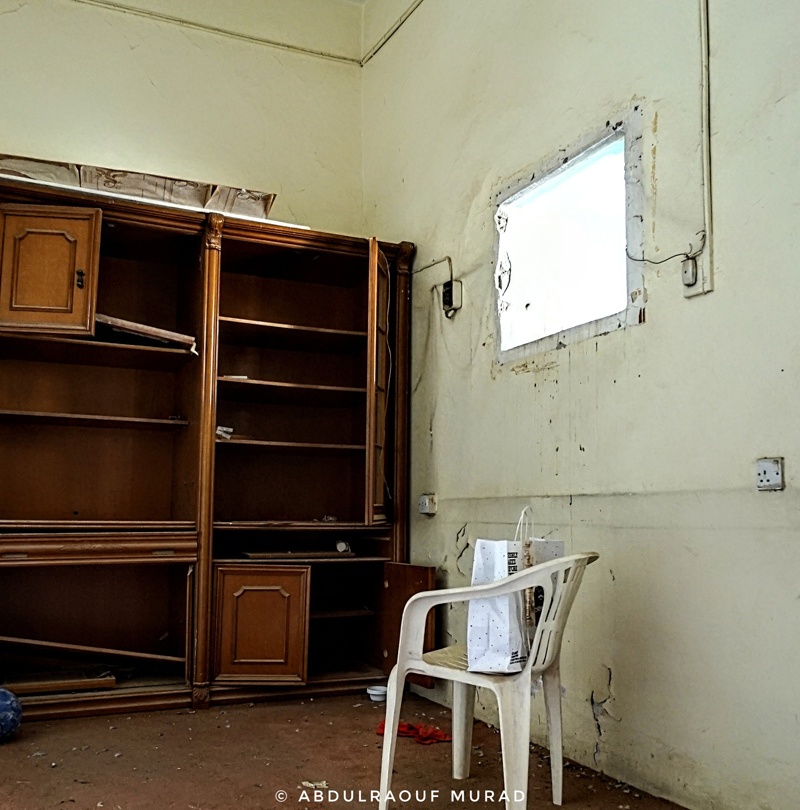
But not everyone preferred modern and some people built their homes in the old way, the same style as old Kuwaiti houses, using modern materials such as cement, bricks and reinforced concrete but with the traditional design. An example of this is the home of the late Abdul Rahman Al-Husainan, located in Faiha neighborhood. Al-Husainan house was built in 1958 in conjunction with the urban revolution, and was designed in the style of old Arabian houses.
The house is located on an area of 500 square meters and is one floor high, except for one room on the roof. From the outside, it is noted that there are no big windows overlooking the street, only small windows at a height of about three meters, which was a feature known to Arab houses for the sake of privacy and security, as the whole house should overlook the interior, as we will see.
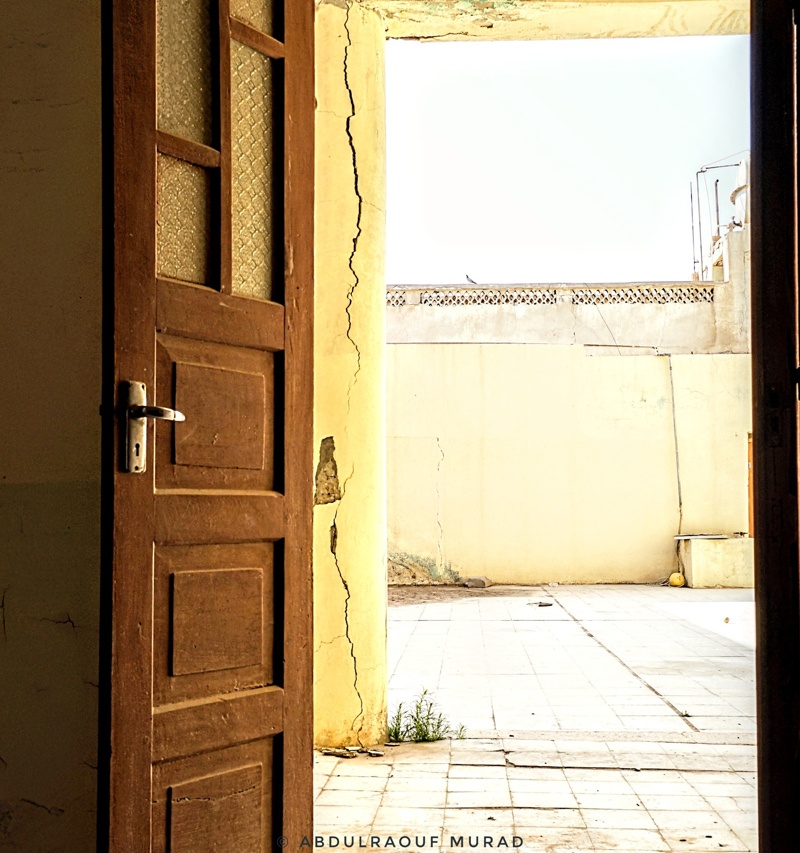
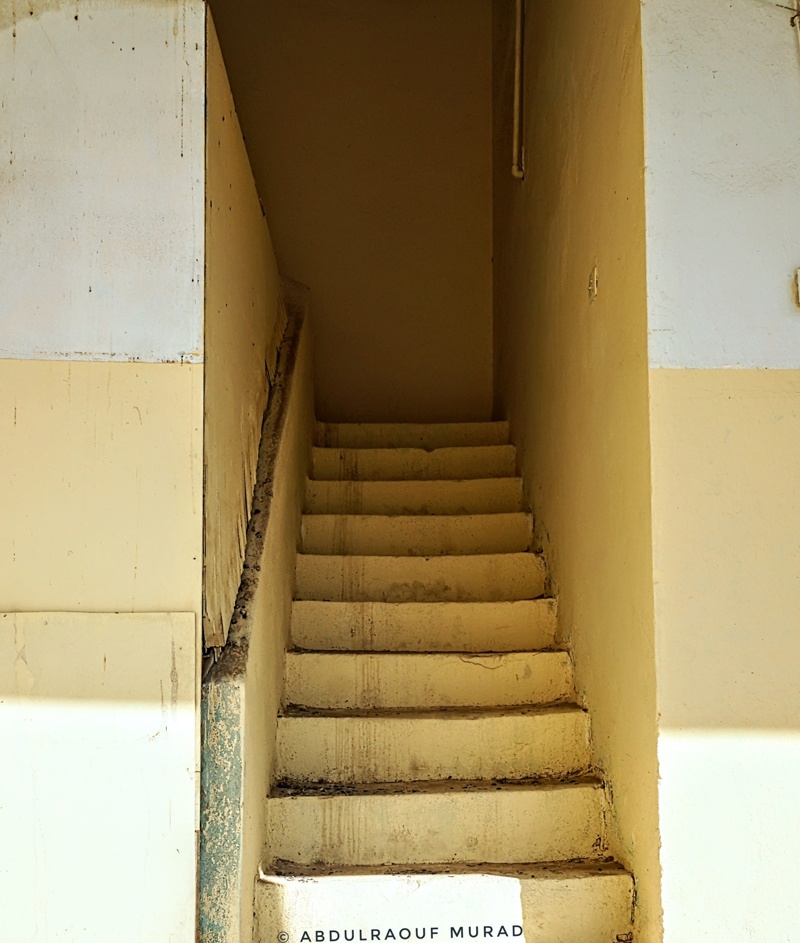
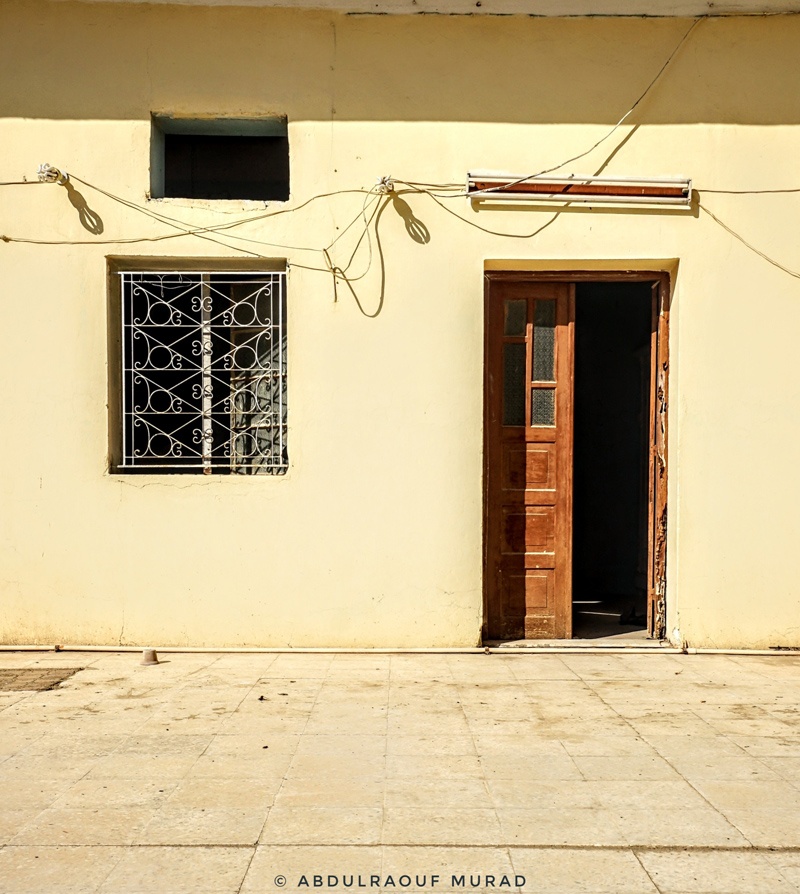
Doors
As for the entrances, the house has two wooden doors, one of which leads to the house and the other is a door that leads to the isolated diwan. The house, and the building, was clad with a cement in a sandy color that mimics the shape of ancient mud houses.
Dihleez
When entering through the main door of the house, you will be greeted by the Dihleez, which is a small space designed in a way that does not allow visitors to directly enter the interior yard and rooms.
Housh
After passing through this dihleez, you will be in the yard, the housh of the house as it is called in the local dialect. It is an open space that allows the family members to meet, sit and practice daily activities.
Bercha
In one of the Housh corners you can see the "bercha", which is a pit to collect rainwater from the roof through the pipes "mirzam" and store it for later use.
Liwan
The bedrooms and service rooms surround the yard of the house, separated by a covered corridor known as the liwan, which provides shade and blocks direct sunlight from entering the rooms, and the hollow concrete molds on top of the liwan work to expel the hot air.
Features
These were the most prominent features of the house, and they are derived from the ancient Arab architecture, which was used in the houses of the old city of Kuwait. When we look at and analyze them, we find that they focus mainly on providing privacy for the residents of the house and take into account the customs in Arab and Islamic societies, as they attach importance to the environment and desert climate of the region and are environmentally sustainable, something often missing in modern architecture.
Memories
On the other hand, and talking about the humanized memories of the house, Al-Husainan House holds many memories and happy moments for its residents who lived and grew up in it since their births. Mr. Ali Abdulrahman Al-Husainan remembers how his father liked the house and bought it in 1967, to marry and start his family between these walls. Ali and his siblings grew in this housh and spent their childhood times in those corridors. They had their weddings in this housh and Ali remembers how they used to sleep on the roof in summer.
Waves
But under the waves of time and life, Ali decided seven years ago to demolish the house and re-build anew. But many who knew of the house including activists, preservationists, professors, photographers and local historians asked to turn it into a museum, preserving it as a fine example of Kuwaiti old style houses.
Unprotected
A team from the National Council for Culture, Arts and Literature visited the house, at the request of Mr. Ali. The building was studied and inspected. Accordingly, a decision was issued to classify Al-Husainan House as one of the important buildings. But the Council has not yet completed the remaining steps of officially registering the site in the register of archaeological sites and historical buildings preserved and in the real estate registry, no steps have been taken towards expropriating the building or compensating its owner, based on the text of Articles 10 and 11 of the Kuwaiti Antiquities Law. Thus, Al-Husainan House remains unprotected and there is nothing can prevent its owner from demolishing it.
Importance
The importance of Al-Husainan House is clear. It documents an important era in Kuwait's urban history and represents a model of the old Kuwaiti house with its distinctive elements in which our fathers and grandfathers lived. Preserving it and reusing it with cultural awareness activities is a duty that we must not neglect. We hope that the National Council for Culture, Arts and Letters will play its assigned role based on the provisions of the Antiquities Law and preserving this monument to Kuwait's heritage and history.










